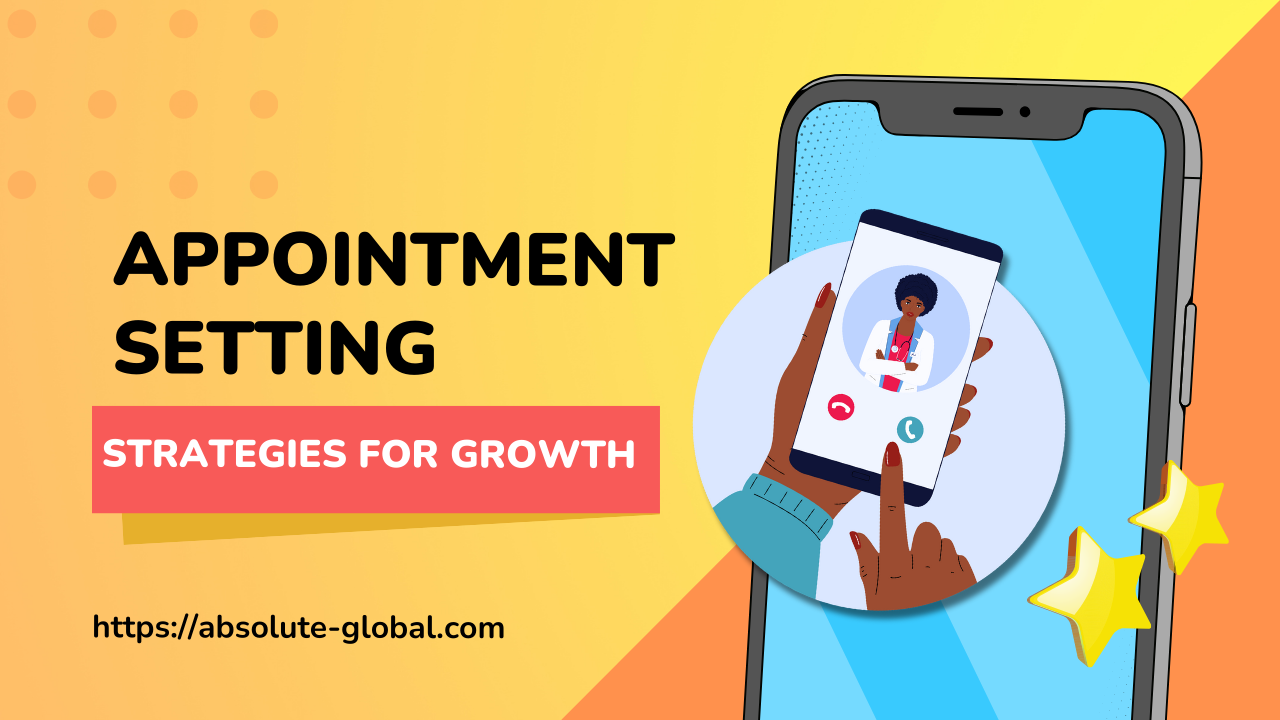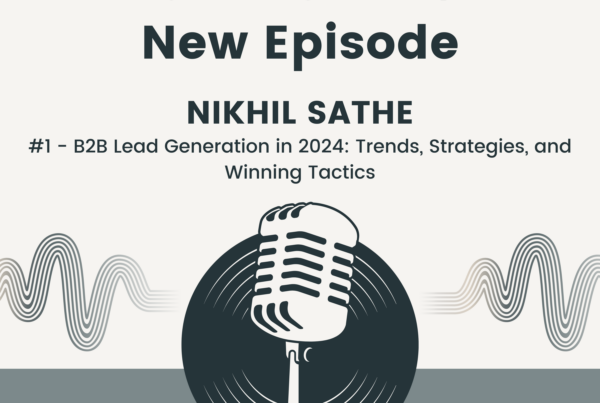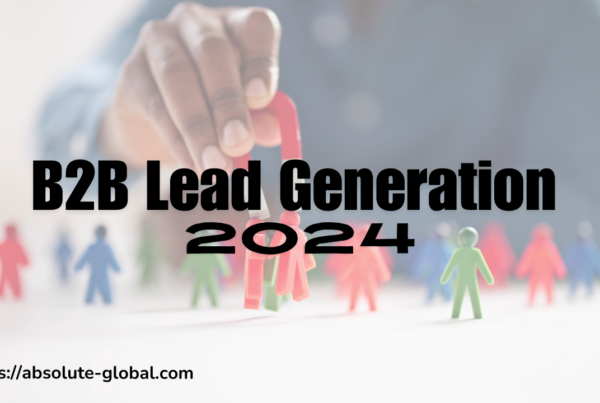Table of Contents
B2B Appointment Setting Strategies for Growth
In today’s fast-paced business landscape, B2B appointment setting plays a critical role in driving growth and expanding client relationships. It’s the foundation for successful lead generation and revenue-building strategies. But how can businesses improve their appointment-setting processes?

What is B2B Appointment Setting Strategies for Growth?
B2B appointment setting is the process where one business contacts another to arrange a meeting. This meeting is usually aimed at discussing potential collaborations, services, or products. The goal is to connect decision-makers from both sides, allowing for meaningful conversations and future opportunities.
Why B2B Appointment Setting Strategies for Growth Matters
Setting appointments in the B2B world creates a structured pathway to communicate with potential clients. Without a clear strategy for appointments, many leads may slip through the cracks. In addition, a well-scheduled meeting fosters trust, boosts credibility, and can significantly shorten the sales cycle.
Key Elements of Successful Appointment Setting
1. Targeting the Right Audience
The first step in a successful B2B appointment-setting strategy is targeting the right people. Identify decision-makers and relevant stakeholders within your target organizations. Use data and insights to ensure you’re focusing on the right companies.
2. Effective Cold Calling Techniques
Cold calling remains a powerful method for B2B appointment setting. However, it requires a personalized approach. Research the potential client beforehand, understand their pain points, and craft your pitch around their specific needs.
3. Leveraging Email Campaigns
Email outreach is another key component of appointment setting. Crafting compelling and concise emails that highlight the benefits of a meeting can increase response rates. Ensure that each email is tailored to the recipient’s business.
4. Utilizing Automation Tools
Incorporating automation tools into your strategy can streamline the appointment-setting process. Tools like CRM systems and automated schedulers help manage leads, track communication, and ensure no follow-up is missed.
5. Building a Strong Rapport
A successful appointment setting is built on rapport. Whether it’s through cold calling or email, establishing trust and understanding the prospect’s needs will make the conversation more productive. Always aim to position yourself as a partner, not just a seller.
Overcoming Common Challenges
Appointment setting is not without its challenges. Reaching decision-makers can be tough, and prospects may often be resistant to scheduling meetings. By using persistence, refining your messaging, and following up effectively, many of these obstacles can be overcome.
Challenge 1: Gatekeepers
When calling businesses, you may encounter gatekeepers such as receptionists. Be polite and concise with your request to speak with the decision-maker. Building a relationship with the gatekeeper can sometimes be as important as with the prospect.
Challenge 2: Busy Schedules
Decision-makers are often busy. Offer flexible time slots and emphasize the value of the meeting. Showing that you respect their time can go a long way.
Challenge 3: No Immediate Interest
Not every prospect will be ready to engage right away. Persistence is key here. Use nurturing strategies like regular check-ins or providing useful content to keep the conversation alive.
Measuring Success in B2B Appointment Setting
Tracking the success of your appointment-setting efforts is crucial. Metrics such as the number of scheduled meetings, conversion rates, and follow-up responses can provide insight into the effectiveness of your strategy. Analyzing these KPIs helps you adjust and improve your approach.
Conclusion
In the world of B2B sales, appointment setting is the backbone of your outreach strategy. By focusing on targeted efforts, utilizing tools, and overcoming common challenges, businesses can enhance their lead generation and build lasting relationships.
Also Read Hubspot





